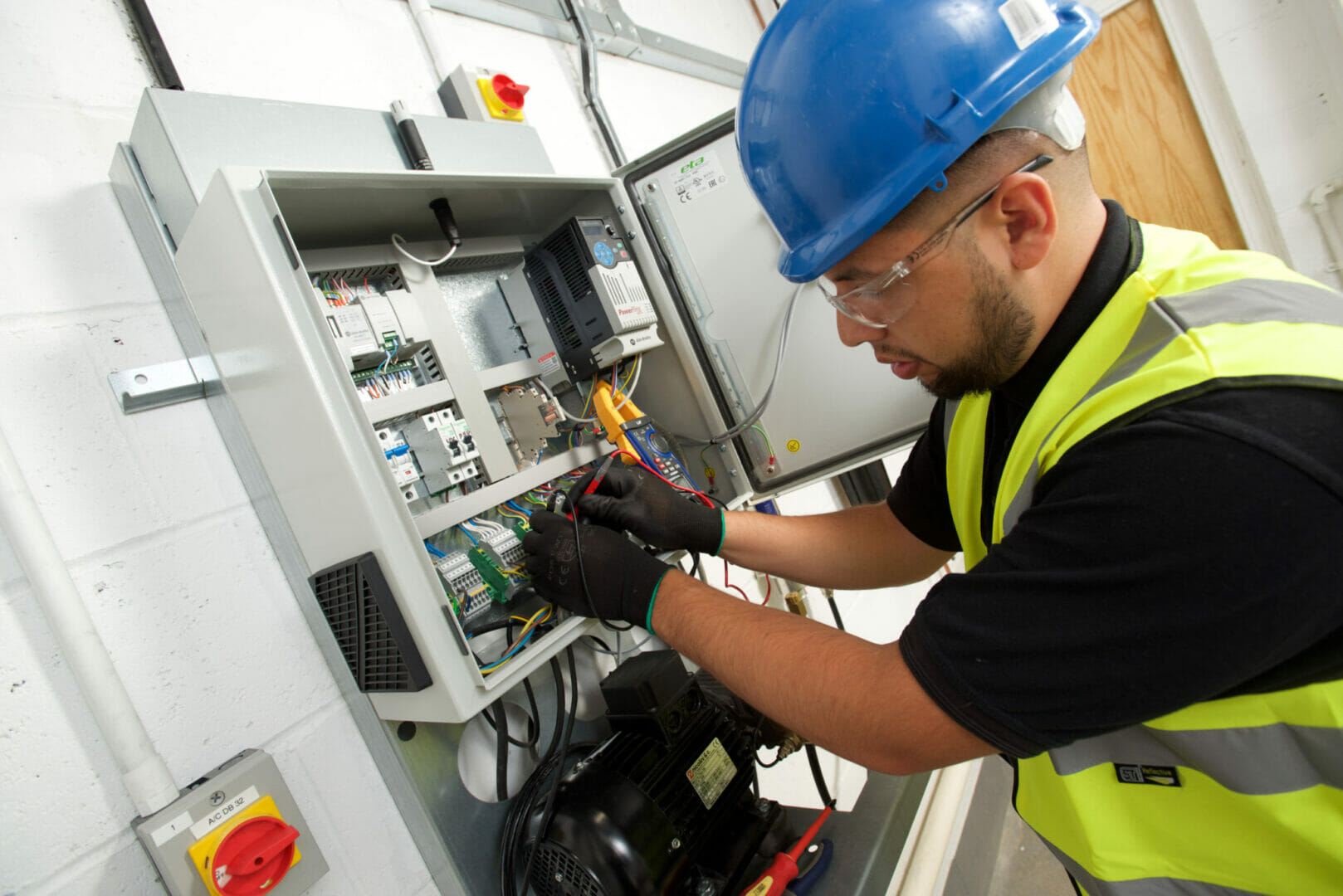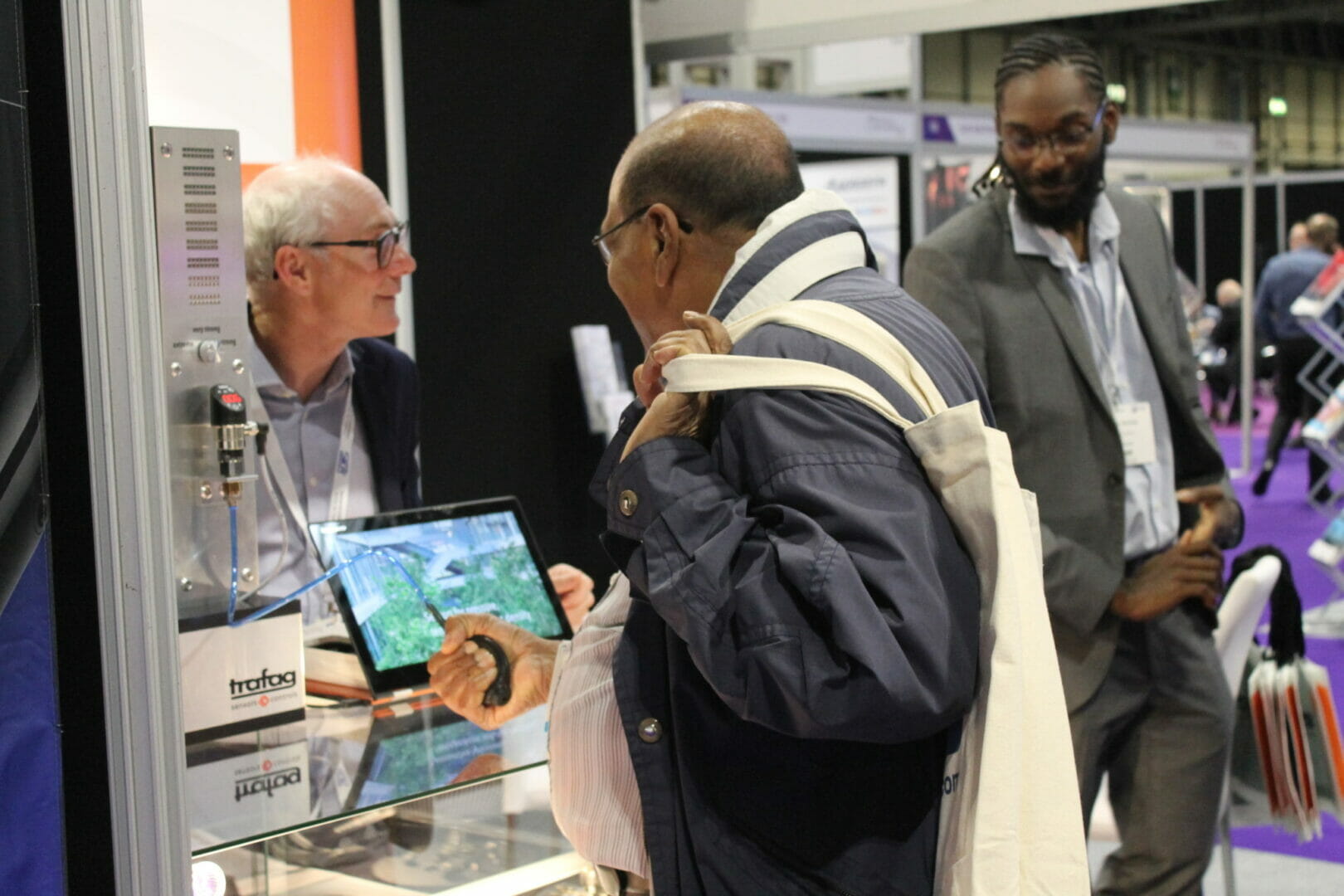All in One, Easy to Integrate Current Sensors for Inverters and Motor Control, Industrial Robots and Manufacturing Systems, Telecom and Server Farm Power Supplies, Automotive EV Charging Stations, IoT Appliance, Home Automation and many other tech applications
ACEINNA’s new MCx1101 family of ±5A, ±20A, and ±50A Current Sensors for industrial and power supply applications are the first high accuracy wide bandwidth AMR-based current sensors on the market. These integrated, AMR based Current Sensor family provides the best performance for the price in the industry.
The fully integrated 3.3V and 5V MCX1101 current sensors provide industry benchmark performance for accuracy, bandwidth, and output step response time. With total error as low as 0.6% (typ), 3dB bandwidth of 1.5MHz with low phase delay, and <300ns transient response, these current sensors have 4.8kV of isolation. They are available in fixed gain output (“MCA”) and ratiometric output (“MCR”) options.
These new current sensors also guarantee an offset of ±60mA, or ±0.3% of FSR (max) over temperature, which means that high accuracy can be achieved over a roughly 10:1 range of currents. This is a roughly 10x improvement in dynamic range vs. leading Hall-sensor-based devices.
These devices deliver a unique combination of high accuracy, 1.5MHz signal bandwidth with industry benchmark phase shift vs. frequency and 4.8kV isolation making them ideal for high- and low-side sensing in fast current control loops for high performance power supplies, inverters and motor control applications.
AMR technology has significant advantages vs. other approaches such as Hall, CT (current transformer), and shunt resistors. Compared to Hall-based current sensors, AMR provides significantly higher bandwidth and dynamic range; Compared with CT’s, AMR offers reduced size and cost, as well as response to dc; in comparison with a shunt resistor, AMR provides a fully integrated solution, eliminating the external amplifier and related circuitry required for high voltage isolation, which is a significant challenge at high frequencies. In addition, shunt resistors require enough IR drop to achieve accuracy goals at the low end of the current range, which often means they are dissipating undesirable levels of power at nominal currents. By contrast, the AMR device only measures the magnetic field generated by the current, so the I2R losses can be minimized.
For additional technical details and data sheets, please visit https://www.aceinna.com/current-sensors.
Order the part from Mouser at https://www.mouser.com/ACEINNA/Sensors/Current-Sensors/_/N-7gqeu?P=1y91mso








